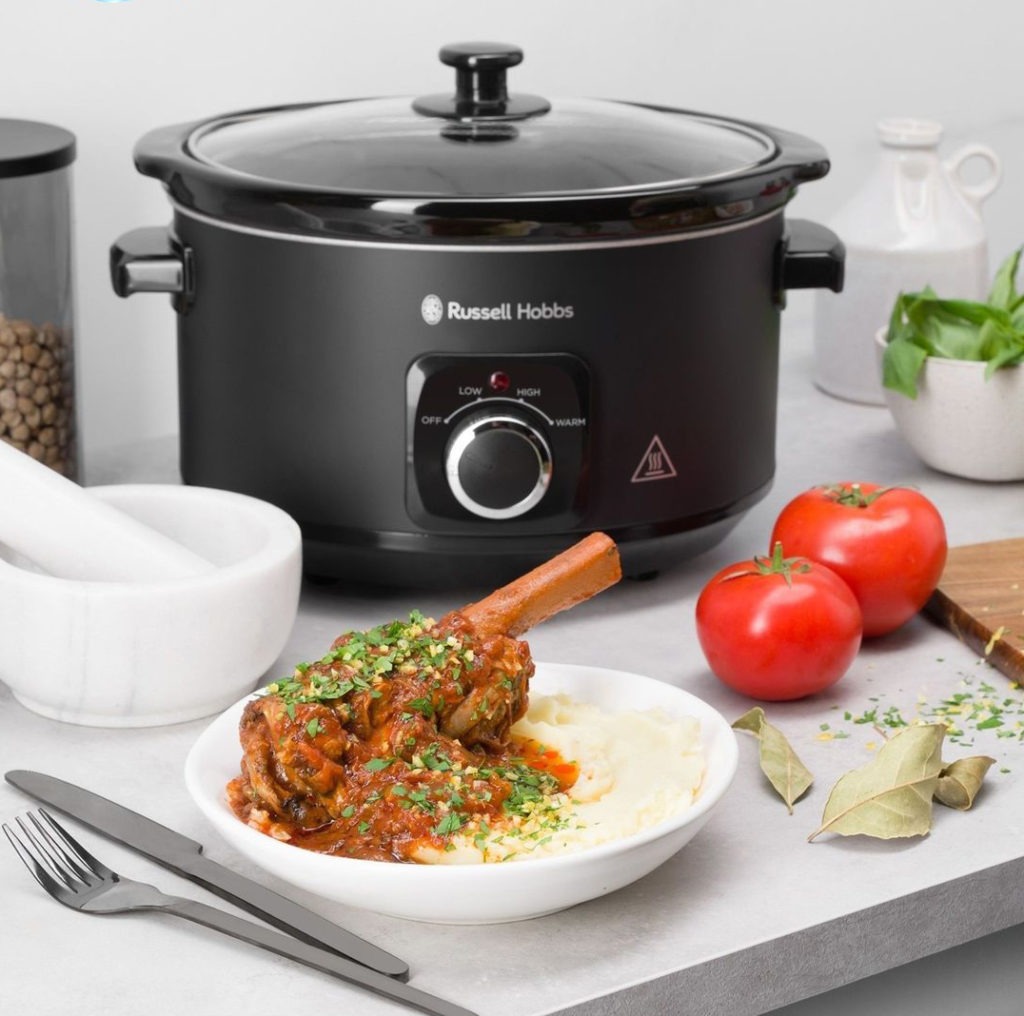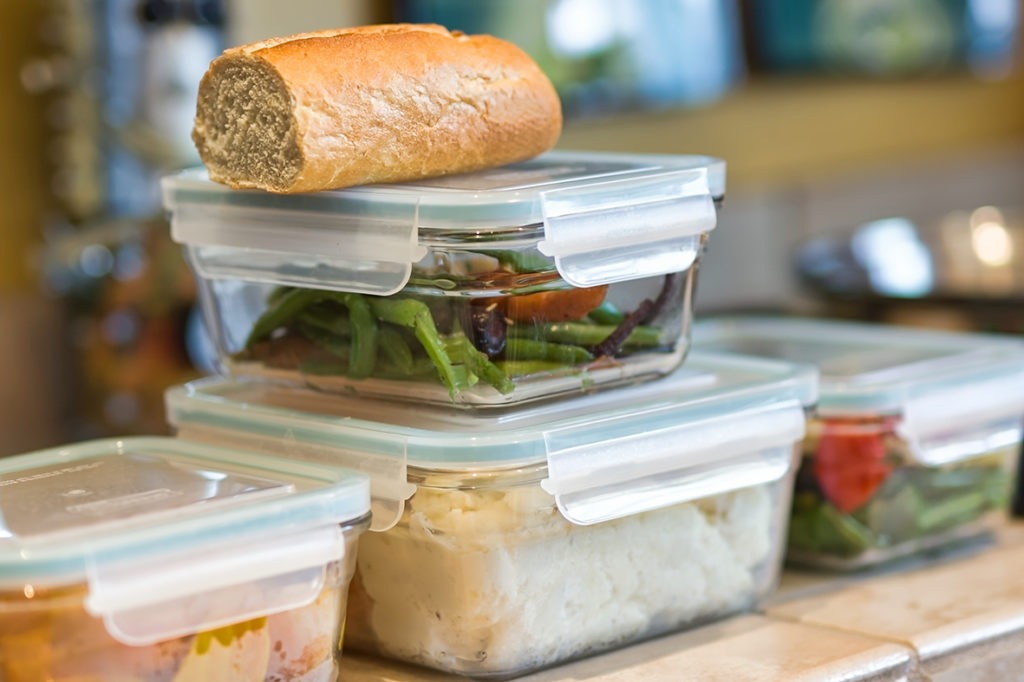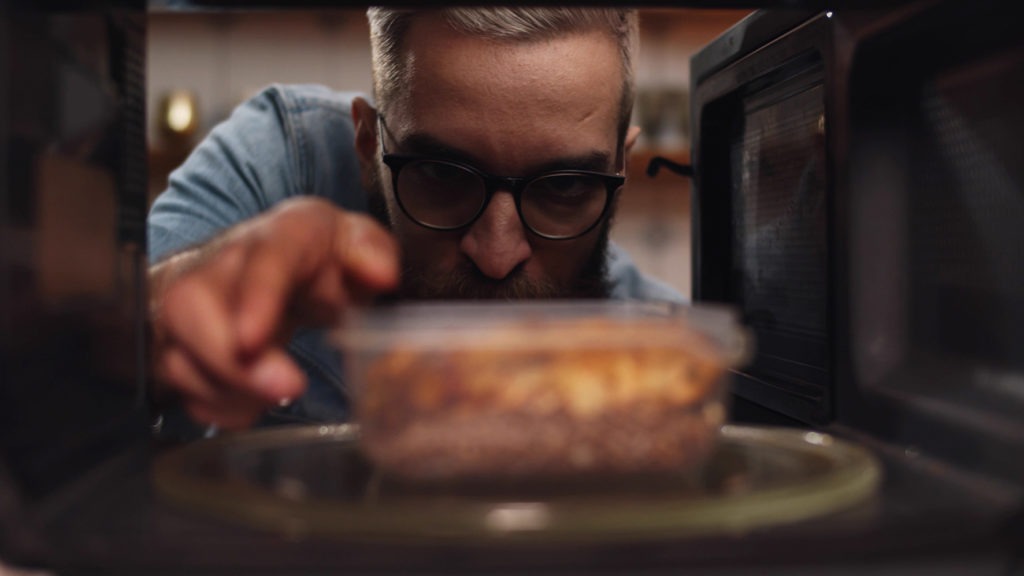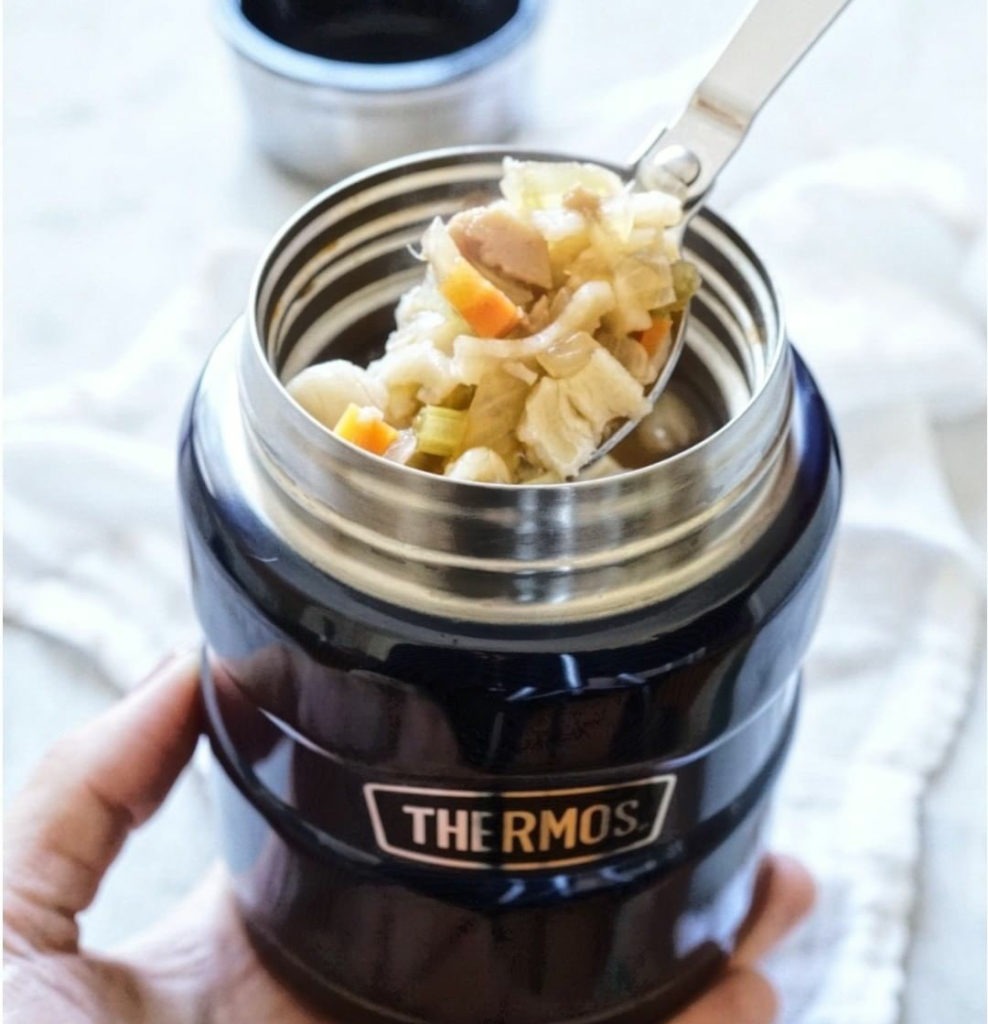Bulk-cooking and storing hot food safely
With 13 million of us now stuck in lockdown, Aussies everywhere are looking for ways to stave off impending cabin fever. Along with watching all of Netflix and staring wistfully out the window, home cooking has become one of the most popular iso activities, with bored housebound people across the nation flexing those culinary muscles in an effort to stay sane. But if you’re bulk-cooking enormous batches of tasty winter warmers, it’s important that you prep, store and reheat those vat-loads of food safely. Otherwise you and your family might end up spending lockdown driving the porcelain bus.
Council Chair of the Food Safety Information Council, Cathy Moir, says that while this is the perfect time of year to bulk-cook winter favourites like soups, casseroles and stews, if we don’t handle them with care, they can become a food safety risk.
“Bulk-cooking is cost-effective, saves time and reduces waste,” Moir says. “But we need to be extra careful handling large amounts of food. If they’re left to cool slowly, bacteria can grow. This produces dangerous toxins that won’t be destroyed by further cooking.”
So, before you head back into the kitchen to start whipping up your next bumper batch of beef bourguignon, make sure you follow these simple food safety tips.

Cooking safely
Make sure your bulk-cooked food reaches a temperature of 75°C in the centre. You can check this by using a cooking thermometer. If you’re using a slow cooker, always follow the instructions and make sure the cooker keeps the food at a safe holding temperature of 60°C or above until you’re ready to eat it.

Storing leftovers safely
If you’ve cooked a large batch of food, divide it into small portions, about the size of a takeaway container, so they cool quickly. Either freeze them if you want to keep them longer, or refrigerate at or under 5°C as soon as they’ve stopped steaming. Then use them within 2-3 days. Or, if you’re in a high-risk group (pregnant, elderly or with a poor immune system), it’s best to use within one day. Write the date on the container as a reminder.

Taking lunches to work (once you’re back)
If your lunch has been refrigerated or frozen, whether it’s leftovers or a commercial product, transport it quickly and put it in the fridge as soon as you get to work. If your refrigerated or frozen lunch needs reheating, it must be at least steaming hot to be safe. Use the automatic reheat function in the microwave if possible, and follow any prompts or instructions to stir the food or let it stand for a time after reheating.

Vacuum flasks
If you want to use a vacuum flask to transport hot food, choose a good quality one. But make sure you follow the manufacturer’s instructions. If you’re using a flask for a young school child, make sure they can open it easily. Before you add hot food, fill the flask with boiling water for a few minutes so it warms up inside, and then empty it out. Warm up your food to at least 75°C and put it in the flask just before you or your child leaves home.
Make sure the food is in a form such as a soup, casserole or stew so there are no air spaces, as that will retain the heat better. Avoid food like chicken nuggets that will have air spaces in between, as this means they won’t keep as warm. Clean the vacuum flask thoroughly after use, taking particular care around the screw lid, which can trap food particles.
For more information about bulk cooking, head to foodsafety.asn.au. You can also check out these dos and don’ts of food safety.









